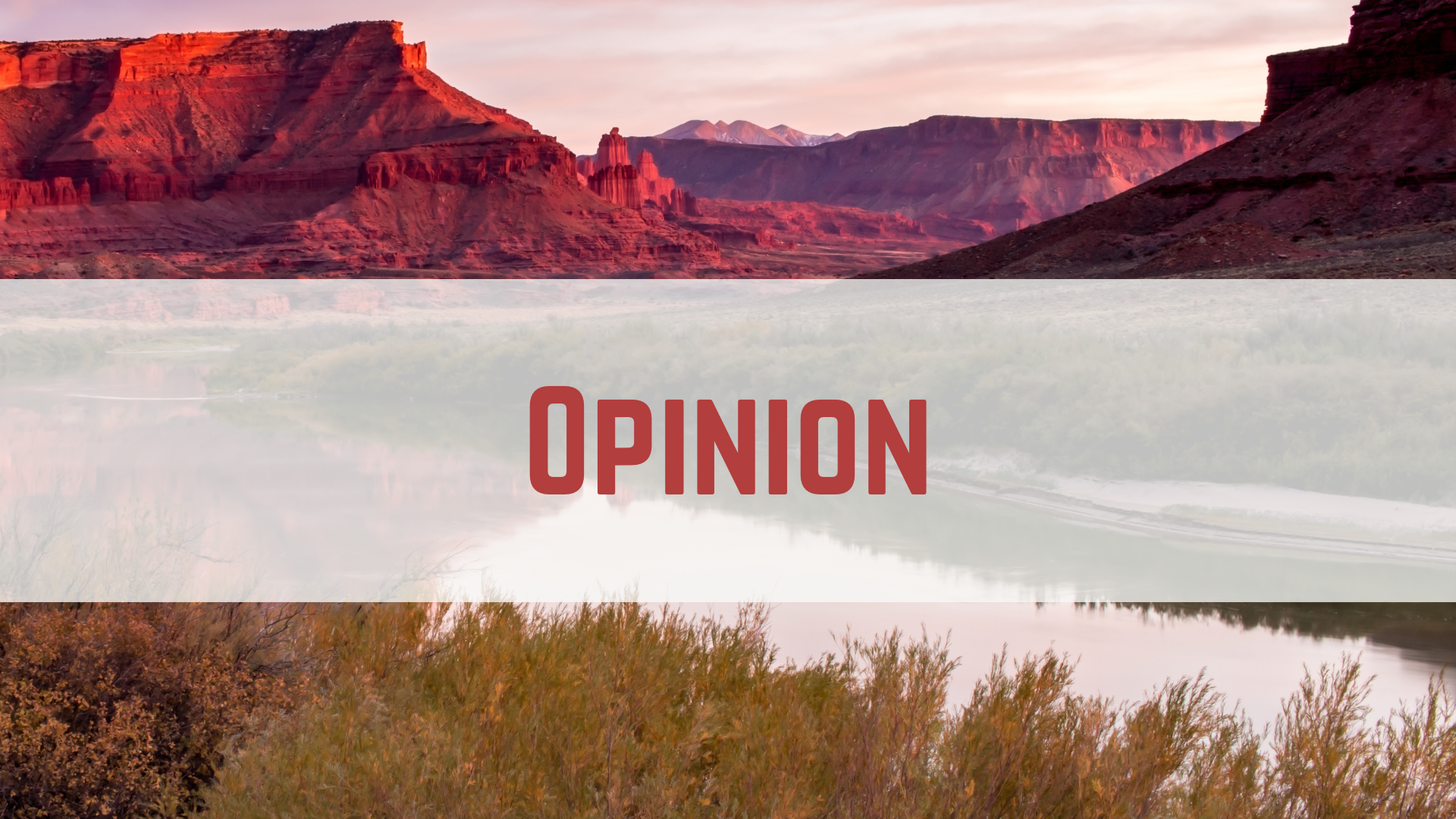Some information may be outdated.
Dear Editor:
There is currently an exhibit in New York City, reflecting on a battle over a highway that took place nearly 60 years ago. In the 1960s, a group of transportation leaders and government officials, in an era of massive highway building, decided that a highway was needed across lower Manhattan. They moved forward with the plan thinking that they had the expertise and knew what was best. They were downright discourteous and discounting of the local opposition that arose after the plan was well underway. But the opposition grew and the battle against the highway was won (See CityLab’s “The Fight Against LOMEX”). It was the first of many battles by local citizens across the country. The exhibit about the battle has been referred to as “a trip back through time, both for the audacity of the car-centric urban planning of the era and the pioneering efforts of the citizenry to stop the madness of building highways through the heart of cities.”
The local activism that arose in opposition to the New York highway is viewed as the start of modern planning that prioritizes citizen input and views. As a result, and in the years since, the mindset around the planning process has changed. As author Anthony Flint writes in discussing the exhibit: “These days, no smart developer proposes building anything without checking with the community first. Cities trying to do master planning don’t cook up a plan behind closed doors and then trot it out to get reaction from the populace. Planners today seek more open-ended ideas about the future.”
It appears UDOT and our local officials are living in an era dating from 60 years ago and have learned nothing from the lessons of the past. An as yet unclear group of collaborators coordinating with UDOT, behind closed doors in the last few months, has decided that a highway bypass running across the river, along and through Kane Creek and Mountain View residential areas, is just what Moab needs.
Moab citizens were asked if they wanted a bypass in a survey. Some participated. And while visions of tunnels, and split one ways in downtown, and other ideas have been thrown around, a general answer was ‘yes,’ we’d love to get truck traffic away from downtown. Who wouldn’t? Apparently, that is the amount of input deemed necessary for the experts to take over and decide what is best.
The coalition in New York succeeded because local government council members, business owners, and citizens directly affected and those beyond the affected area came together and doggedly opposed the construction. Although we are unlikely to riot in Moab (they did that in New York), we will need the assistance of all aspects of our community. Currently, it seems some number of our local elected officials have gone along with this plan, and some business owners have pushed for it — willing to sacrifice residents of Moab for hopes of increased profits and “transportation efficiency.”
The argument goes that we can remove 35 to 40 percent of the traffic — primarily the truck traffic — that is the portion of traffic trying to get around Moab. So then we can have two very busy, noisy traffic corridors through Moab — a higher-speed one for trucks, and a lower-speed one for all the people who visit and live in Moab? At the cost to residents — their actual homes in some cases, their property values for many, their quiet neighborhoods for many more. What are the choices we are making as a community? Are we really willing to throw part of our community under the bus for the sake of some illusory idea that we can have a town full of tourists but without the traffic? Monticello does not have a traffic problem. They have the same through traffic we do, but not the tourists. Sit along the street in that town and you realize there really isn’t that much traffic going by. To accommodate this number of vehicles, we would sacrifice residential neighborhoods? Isn’t housing already Moab’s number one issue?
We are making a decision individually and as a community, through our action or inaction, on this and many other impacts in Moab. Are we going to turn it over to the tourists? To those who feel more is always better? Or are the residents going to stand up and say: “We live here!”? Electing public officials who say they will watch out for our interests is clearly not enough. It is up to us, the citizens of Moab, to reclaim our town and the right to decide our future.
Susie Harrington
Moab
Appreciate the coverage? Help keep local news alive.
Chip in to support the Moab Sun News.


